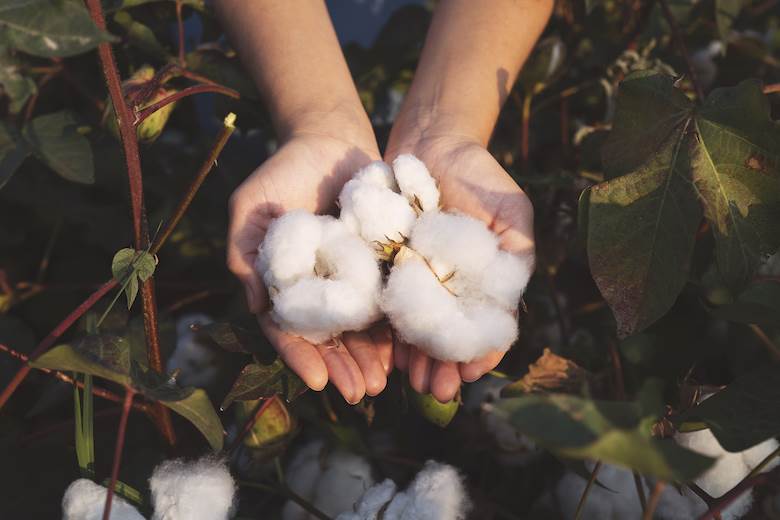Cotton report quizzes mills on transparency

The results of part two of a qualitative investigation into cotton’s origins led by denim designer Anne Oudard have been published, following interviews with 10 international denim mills who spin and/or weave cotton.
With input from sustainable fashion consultant and founder of responsible denim platform Simply Suzette, Ani Wells, plus fellow sustainability consultant and founder of cotton research and communications organisation Cotton Diaries, Marzia Lanfranchi, the #WhoMadeMyCotton report takes as its genesis the idea that denim stakeholders currently encounter roadblocks to “radical transparency” in the cotton value chain.
Notably, the report found that “most brands are simply not asking their suppliers for farm-level [ie, tier four] data or provenance.” Only one out of the 10 mills interviewed could say that a majority of brand partners ask for farm-to-shelf traceability at present, for instance. As full cotton traceability is a resource-intensive undertaking, “if no one asks for it, mills are not prioritising it”, the authors suggested, adding that all mills can “easily” trace their cotton back to the ginner, if so compelled or compensated.
Eight of the 10 mills consulted during the project have reportedly either established direct partnerships (known as direct-to-farm programmes) in their home country or invested in traceability technologies which afford them greater visibility of cotton farming practices on the ground, as well as more control when it comes to fibre quality. Depending on each farm’s size, whereabouts and tech savviness, among other factors, the success of data collection at this stage in cotton’s lifecycle can vary significantly.
There are also limits to how far pilot traceability programmes can scale beyond the local level, given the resources required to do so. According to the report, “most” of the investment in upskilling and equipment needed to enable cotton traceability has so far been absorbed by mills, as opposed to brands and retailers, with little room to budge on the price of the final fabric.
Implementing regenerative agricultural practices was described as the “dream” by many of those questioned.
Read the latest #WhoMadeMyCotton report in full here. The authors next plan on digging deeper into the role of cotton merchants, including how players at this stage envision traceability of supply.
Image: iStock.










